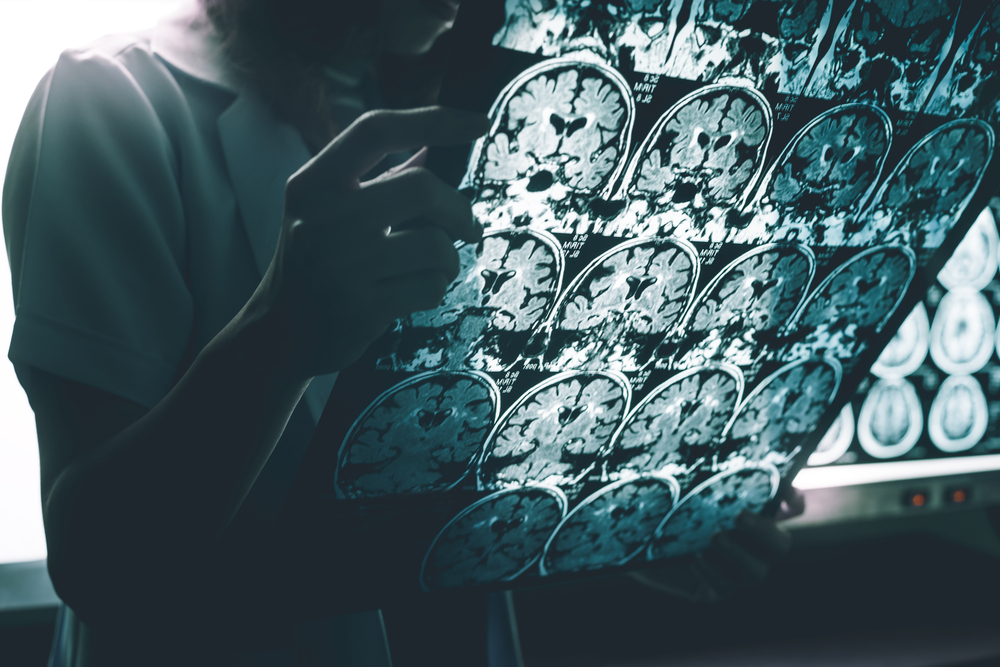Subtle Signs of Brain Atrophy Should Prompt Testing, Study Says

Signs of mild atrophy, or shrinkage, in certain areas of the brain, including the cerebellum — a region involved in balance and movement control — should prompt diagnostic tests for late infantile Batten disease, an Australian study suggests.
These features may help physicians to identify the inherited disease at its earlier stages, which would enable them to start patients on appropriate treatment as soon as possible, the researchers said.
The study, “Neuronal ceroid lipofuscinosis type 2: an Australian case series,” was published in the Journal of Paediatrics and Child Health.
Late infantile Batten disease, also known as CLN2 disease, is a rare neurodegenerative disorder caused by genetic mutations in the TPP1 gene, which provides instructions to make an enzyme called tripeptidyl peptidase 1 (TPP1).
The disease is characterized by early language delays that usually precede the onset of seizures, which normally start when children reach ages 2-4. Children become increasingly dependent on their carers as the disease progresses, due to visual, developmental, and motor impairments.
“Diagnosis of CLN2 disease has been frequently delayed due to the rarity of the disease and its relatively non‐specific presenting features, together with limited awareness among paediatricians and paediatric neurologists and lack of access to diagnostic testing,” the researchers wrote.
However, an early diagnosis is essential to enable children to have access to appropriate treatment as soon as possible.
In an effort to characterize the typical features of the disease, and aid physicians in making an early diagnosis, investigators in Australia launched a review of medical records. The team examined the records of 13 children who had been diagnosed with CLN2 disease at five clinical centers across the country between 2004 and 2017.
Clinical, genetic, and biochemical features for all the children were analyzed over the course of the disease, and brain activity and imaging data were examined.
All patients included in the study had a genetically confirmed diagnosis of CLN2 disease. The children started experiencing their first symptoms at a median age of 3. In nearly all cases, these symptoms included language delays and seizures.
Among the 12 children who experienced seizures, four had focal, three had generalized tonic-clonic, three had absence, and two had febrile seizures.
Focal seizures are due to abnormal activity in a specific region of the brain, whereas generalized tonic-clonic seizures are caused by abnormal activity that spreads throughout the entire brain. Generalized tonic-clonic seizures lead to loss of consciousness, muscle stiffness, and jerky movements. Meanwhile, absence seizures only cause patients to be unconscious. Febrile seizures are triggered by having a high body temperature.
With the exception of one case, all the children started showing signs of language impairments before having their first seizure.
An expert pediatric neuroradiologist also reexamined magnetic resonance imaging (MRI) brain scans of 10 of the 13 children included in the study.
Analyses of these MRI brain scans showed that each of the 10 children had subtle signs of brain atrophy in the cerebellum or in some regions of the brain cortex. The brain cortex is its outer region, which controls speech, thought, and memory. Brain atrophy, also called cerebral atrophy, is the loss of brain cells called neurons.
Abnormalities also were seen in other brain regions, including the brainstem, ventricles, corpus callosum, and hippocampus.
The brainstem is a region at the base of the brain that is responsible for controlling vital functions, including heart rate and respiration. Ventricles are brain cavities that are filled with fluid, while the corpus callosum is the bundle of nerves that connects both sides of the brain. The hippocampus is a brain region responsible for short-term memory.
“MRI findings of early subtle atrophy in the cerebellum or posterior cortical regions should hasten testing for CLN2 disease to enable early initiation of enzyme replacement therapy,” the researchers concluded.






